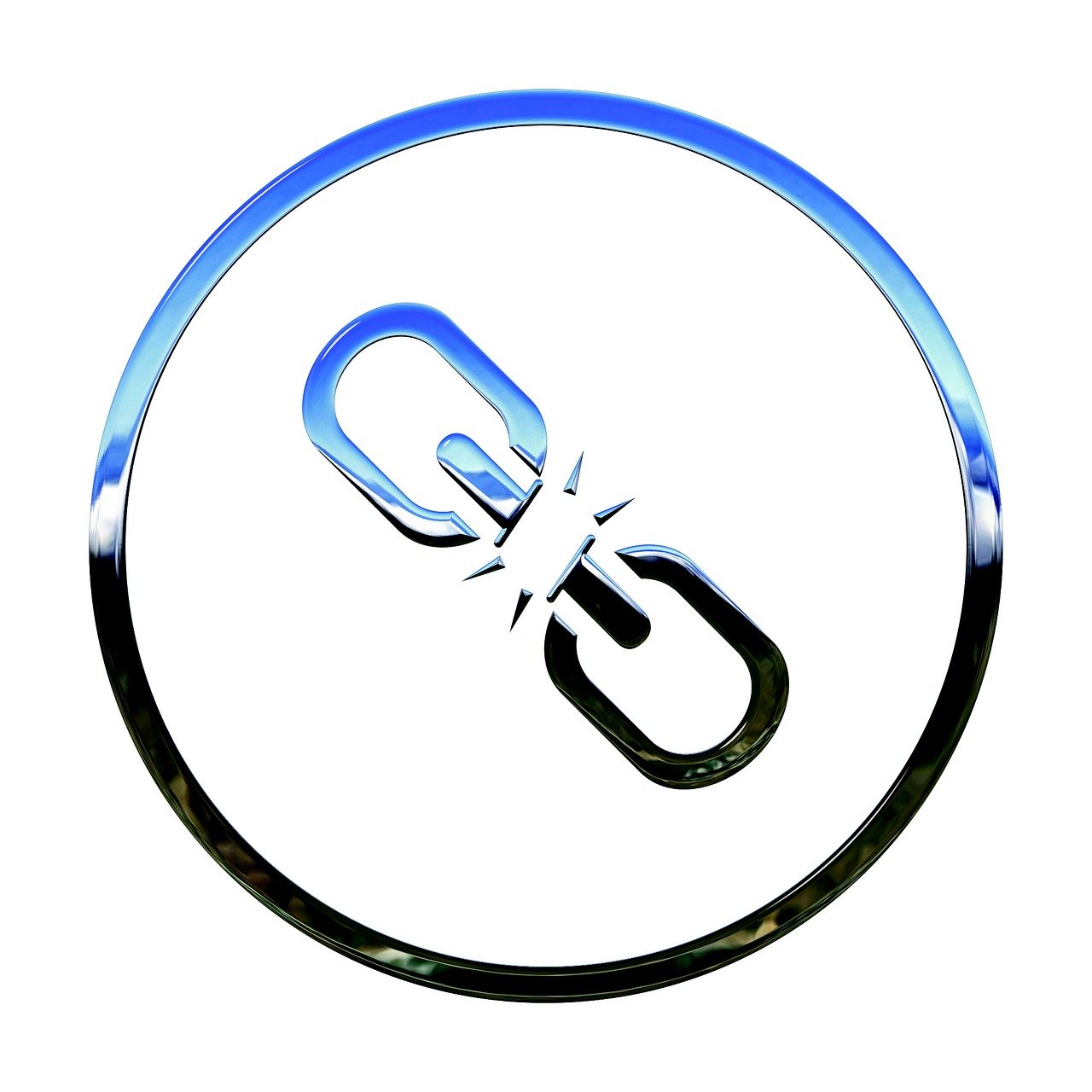Within the realm of digital navigation, understanding the distinction between a hyperlink and a link is fundamental. A hyperlink is a link that directs users to a different location within a document or to an entirely different document.
It is often embedded within text or an image, serving as an HTML control that can be activated by clicking. The terms are used interchangeably, but their nuances are essential for effective online communication.
While both serve as connective tissue in the web’s anatomy, hyperlinks specifically leverage HTML control to facilitate user interaction. They can even serve as server controls when integrated with web applications.
The relationship between hyperlinks in HTML and user experience is inseparable, as they guide one through the vast digital landscape with ease and precision.

Demystifying Hyperlink vs Link
A hyperlink is a link with a specific role in web navigation, enabled by HTML control mechanisms and potentially providing server control, guiding users through the internet.
Defining the Link
A link simply refers to a reference or a connection between two points in the digital space. It can be a textual or graphical element that users interact with to navigate from one piece of information to another.
The concept of a link is a fundamental part of the structure of the internet, acting as a chain that connects pages and resources across the web. Links are the threads holding the web’s fabric together.
They allow us to connect with different servers and access vast information with a single click. They are the cornerstones of our digital world, making the complex information network accessible and navigable.
Join 900+ to receive a weekly SEO video from my YouTube channel, which I’ll share, and an actionable SEO tip every week.
Hyperlink Explained
A hyperlink, by definition, is a link with the added capability of being interacted with through a web interface. It includes anchor text, often highlighted by the hand motif or changed color, signaling its functionality.
One might be directed to external links leading to different domains or other sections within the same text document when clicking the link. The CSS language enriches hyperlinks by providing styling options that make pages easier via links and enhance the visual cues that prompt user interaction.
Hyperlinks are not just limited to text documents; hyperlinks create a chain that connects pages and enables users to connect with different servers, embodying the fundamental concept behind the World Wide Web.
Core Differences at a Glance
The core differences between links and hyperlinks lie in their functionality and presentation. While a link simply refers to the conceptual connection between resources, a hyperlink is the specific implementation of this concept within web pages.
Hyperlinks utilize anchor text and often include styling enhancements from CSS language to signal interactivity, whereas a link is the broader term encompassing any form of connection. Moreover, hyperlinks provide a way to connect with different servers and access external links, whereas a general link might not have such capabilities.
The hand motif commonly associated with hyperlinks in web browsers is a visual cue that underscores the interactive nature of these elements, distinguishing them from plain links, which might not indicate interactivity as clearly.
The Technical Mechanics
Delving into the technicality, hyperlinks in HTML showcase the intricate mechanics behind digital navigation, facilitating user interaction with web content.
Hyperlinks in HTML
Hyperlinks in HTML are created using the anchor tag, which defines the clickable text and the reference to the data it links to. The ‘href’ attribute within the anchor tag specifies the URL or the location of the HTML document or HTML file that the user will be redirected to upon interaction.
Tim Berners-Lee’s invention of the hyperlink revolutionized information sharing by allowing one HTML document to link to another effortlessly. Moreover, the id attribute in HTML can be used to create bookmarks within a page, enabling hyperlinks to link to separate pages and specific sections within the same page.
This granular level of navigation is integral to the user experience, providing a way to quickly access relevant information within lengthy HTML documents.
The Functionality of Basic Links
Though less complex than hyperlinks, basic links still play a critical role in digital navigation. They serve as the skeleton of the web, providing a basic structure that allows various resources to be interconnected.
Whether linking to a downloadable file, an email address, or another page within the same website, basic links ensure that the internet remains an interconnected network of information. Despite lacking the interactive features of hyperlinks, basic links are foundational to web navigation, allowing for the simple yet vital action of moving from one location to another within the digital ecosystem.
They are the building blocks upon which more sophisticated web technologies, like hyperlinks, are developed and enhanced.

Legal Considerations and Ethical Practices
Legal and ethical considerations come into play when utilizing links, necessitating a careful approach to their implementation in digital content.
Navigating Through Copyright With Links
Copyright laws impact how links can be used, especially when they direct users to copyrighted material. It’s important to ensure that links do not infringe on the intellectual property rights of others, which can be a complex issue in the digital age where content is easily shared and distributed.
Understanding the Legalities Surrounding Hyperlinks
The legalities surrounding hyperlinks can be intricate, as they involve copyright infringement and content-sharing questions. Courts have examined the nature of hyperlinks and their role in directing users to potentially copyrighted material, determining the boundaries of lawful linking practices.
Understanding these legal frameworks is crucial for web developers, content creators, and publishers to ensure that their use of hyperlinks complies with laws and respects the rights of content owners.
Practical Applications and Examples
Exploring practical applications and examples provides insight into the effective use of links and hyperlinks in various digital contexts.
Inline, Anchor, and Fat Links: Usage in Context
An anchor link is a specific type of hyperlink that directs the user to a certain location within the same web page rather than taking them to a different page or site. This is particularly useful for long articles or pages with extensive content, allowing readers to jump to the section that interests them without unnecessary scrolling.
An anchor link is created using the HTML anchor element, which includes a reference to the target location on the page, marked by an identifier known as the ‘id’ attribute. In contrast, a text hyperlink is a word, phrase, or image you can click on to jump to a new document or a specific section.
When a hyperlink is embedded within the main body of text, it is often called an inline link. These are the most common links in web content, facilitating the easy flow from one topic or page to another.
Permalinks and Their Permanent Impact on the Web
Permalinks are URLs intended to remain unchanged for many years, providing a reliable way to cite content. In the context of science and academia, where referencing and longevity of data are paramount, permalinks ensure that millions of pages of scholarly work and research remain accessible and can be consistently located.
This stability is crucial for citation purposes, allowing academic discourse to flourish without the fear of broken links leading to lost resources.

Wrap-Up
Understanding the use of links and hyperlinks is crucial for efficient digital navigation in the vast expanse of billions of websites. While every hyperlink is clickable, not all links serve the same purpose.
Hyperlinks stand out as a visually appealing and clickable element, often indicated by underlined text, and are embedded within HTML code to connect other pages on the World Wide Web. They are the HTML element that applies a hyperlink control, which, when a user clicks on a hyperlink control, can initiate server-side processing before taking the user to the target document.
On the other hand, links are a broader term that includes hyperlinks but also refers to connections in computer networks and the network of systems.


